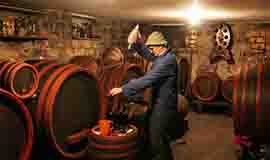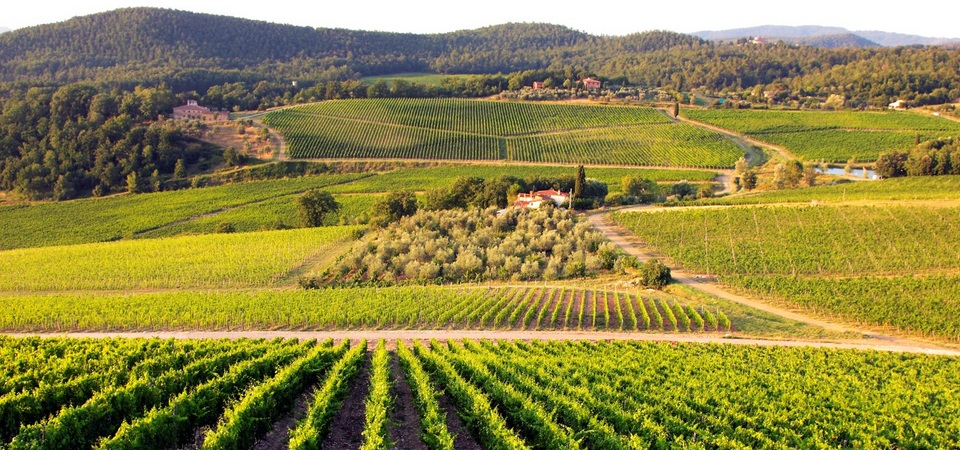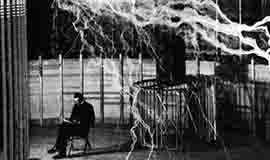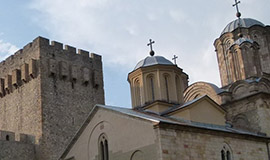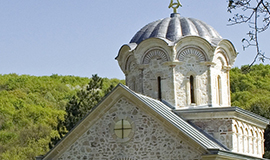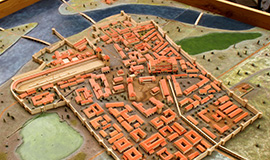Vrsac
Vrsac is well known for its high winds, scenic surroundings and beautiful vineyards. The city’s most historical buildings date back to the 18thcentury. A few prominent examples include the baroque Bishop’s Palace, the St. Nicholas Orthodox Church, the neo-gothic St. Gerhard Roman-Catholic Church, the Magistrate and the Jovan Sterija Popovic House. The City Museum is home to an extensive archeological collection from the Vatin, Dubovac and Zidovara sites.
This monastery is situated in the south of Fruška Gora very close to the village of Grgeteg. The monastery church is dedicated to Saint Nicholas. According to popular tradition it was founded by Despot Vuk Grgurević (known as Zmaj Ognjeni Vuk) in 1471.
Kovacica
Kovacica is well known for its ethnic Slovak community and naive painting tradition. The all area is beautiful, surrounded with the fields of sunflowers, which features a quaint central park and church. Every home of Kovacica is marked with a plate listing its owner and the year it was built.
Naive Painting
Kovacica naive art that developed in the village Kovacica. This small village is more than forty years amaze the world with their art, especially painting. Images that have worked uneducatet self-taught painters Kovacica impressed and conquered the world. The motives of these artists are mainly from the war and life in rural areas. Their works are in museums and private collections worldwide.
Vineyards of Vrsac
Vrsac and its surroundings are known as viticulture area since the Roman rule. The first written data on Vrsac wine originate in 1494, when a Budim court steward paid 10,5 golden forint for the barrel of Vrsac wine intended for the Hungarian King Ladislaus. In the 19th century, Vrsac vineyards were among the biggest vineyards in Europe and stretched across 17.000 acres (10.000 ha). The significance of viticulture for Vrsac area can be identified by the fact that since 1804, vine has been an integral component of the coat of arms of the town of Vrsac.
